
Privacy statement: Your privacy is very important to Us. Our company promises not to disclose your personal information to any external company with out your explicit permission.
Parallel Table Roll (PTR) has emerged as a powerful tool in the manufacturing industry, offering numerous advantages. However, its implementation comes with its set of challenges that need to be addressed for companies to fully harness its benefits.
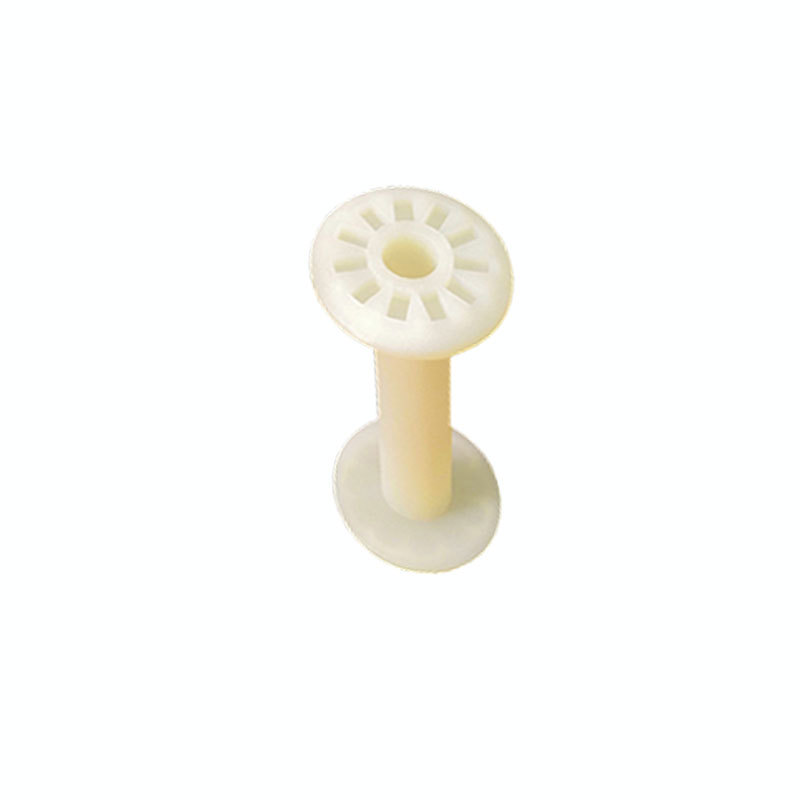
One of the primary challenges in implementing PTR is the initial cost. The installation of PTR equipment can be a significant investment for businesses, especially for small and medium-sized enterprises. This financial barrier often hinders their adoption of PTR technology. To address this challenge, companies can explore financing options, collaborate with industry associations, or seek government grants to offset the initial capital investment.
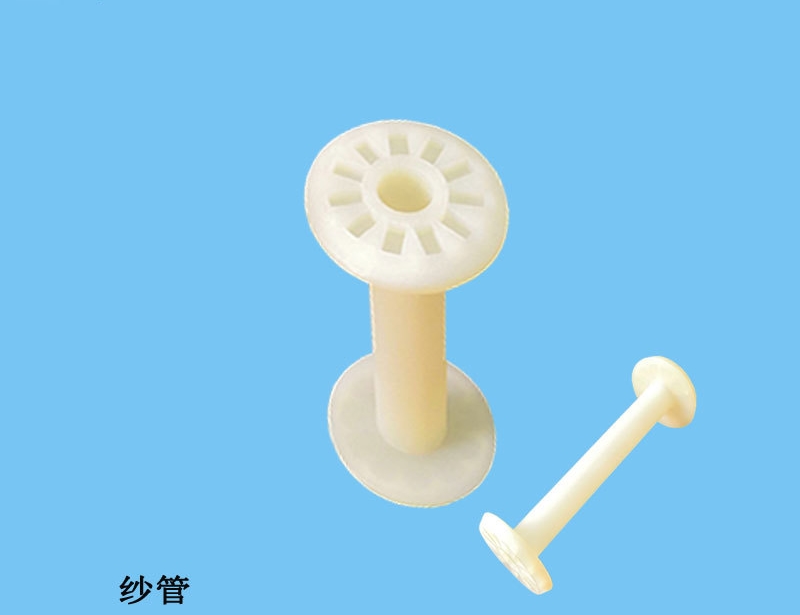
Maintenance and skilled personnel pose another hurdle. PTR systems require regular maintenance and expert technicians who are well-versed in the technology. Finding and retaining skilled staff can be challenging, as the demand for PTR technicians is on the rise. Businesses can address this by investing in training programs for their employees or outsourcing maintenance services from qualified experts.
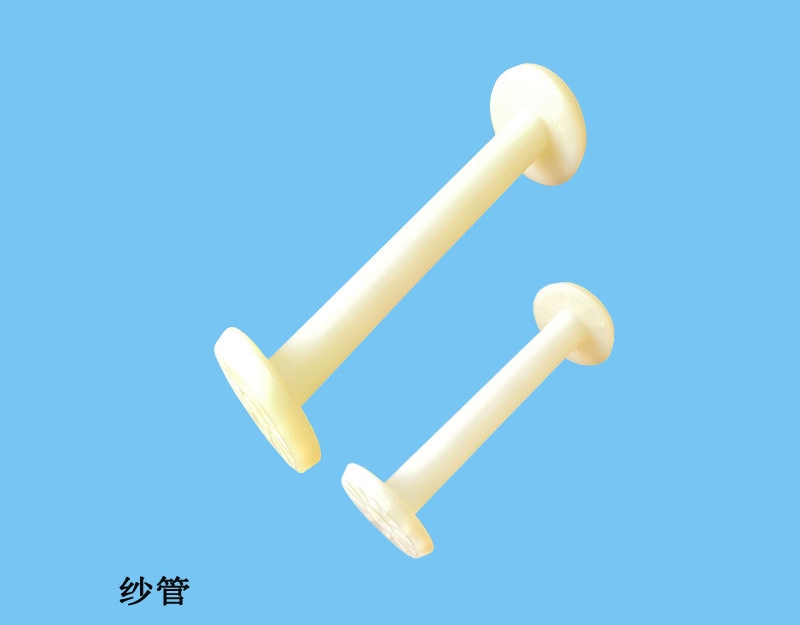
Integration with existing manufacturing processes is a common issue when implementing PTR. Adapting the technology to an existing production line can be complex and time-consuming. However, it's essential to work with experienced engineers and technicians who specialize in integrating PTR systems seamlessly. In some cases, a phased approach to integration may be necessary to minimize disruptions.

Another challenge is the potential resistance to change from the workforce. Employees may be apprehensive about adopting new technologies or altering established workflows. It's crucial to communicate the benefits of PTR to the workforce and involve them in the transition process. Training and education programs can help employees become more comfortable with the technology and its advantages.
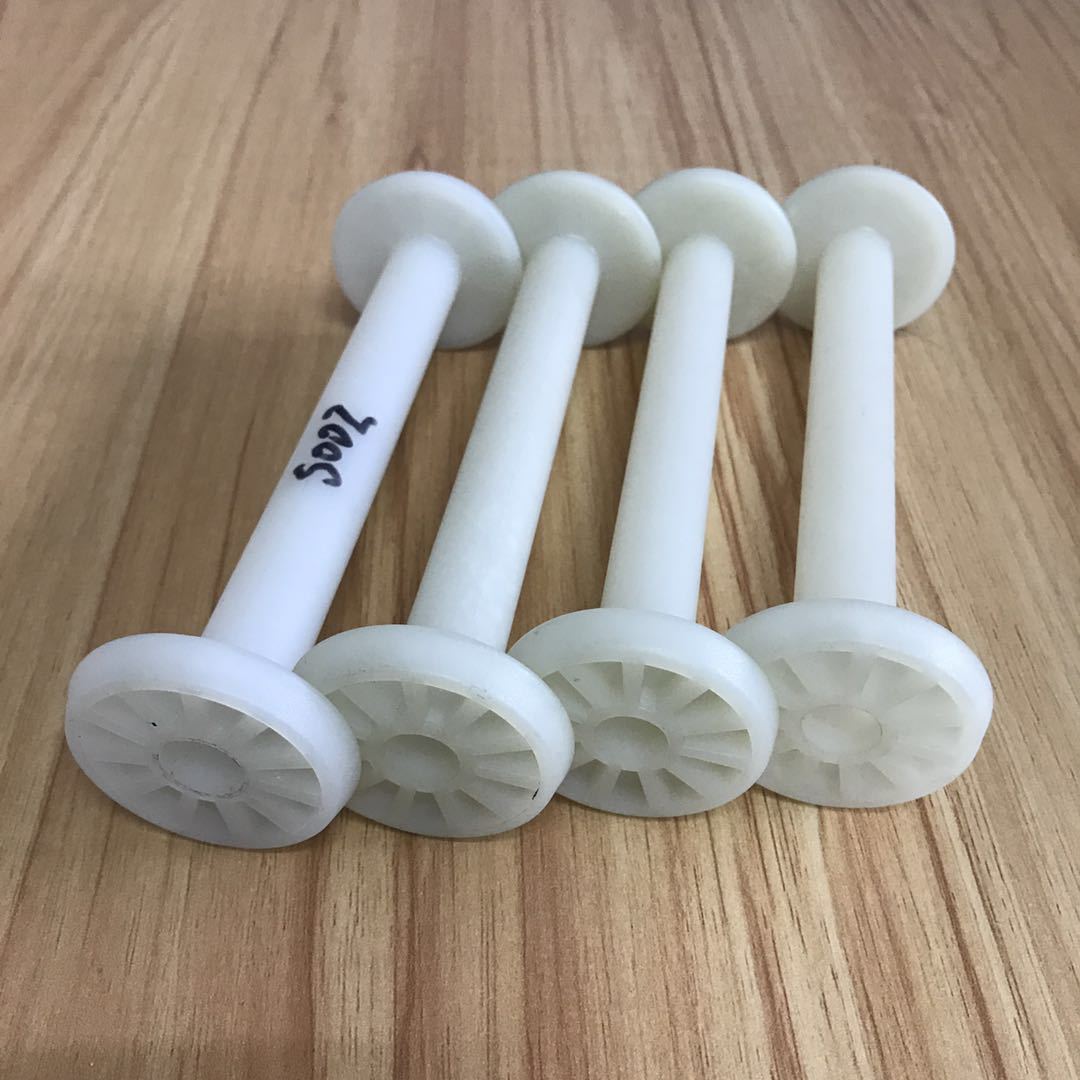
Quality control is a key concern in PTR implementation. While PTR can enhance product quality, it can also introduce new variables that need to be monitored. Implementing rigorous quality control measures, such as continuous monitoring and data analysis, can help companies maintain and even improve product quality.
Incorporating sustainable practices in PTR is vital. While PTR can reduce waste and energy consumption, companies must also ensure that the materials used are sustainable, and the equipment is energy-efficient. This aligns with the growing consumer demand for eco-friendly products and can also lead to cost savings.
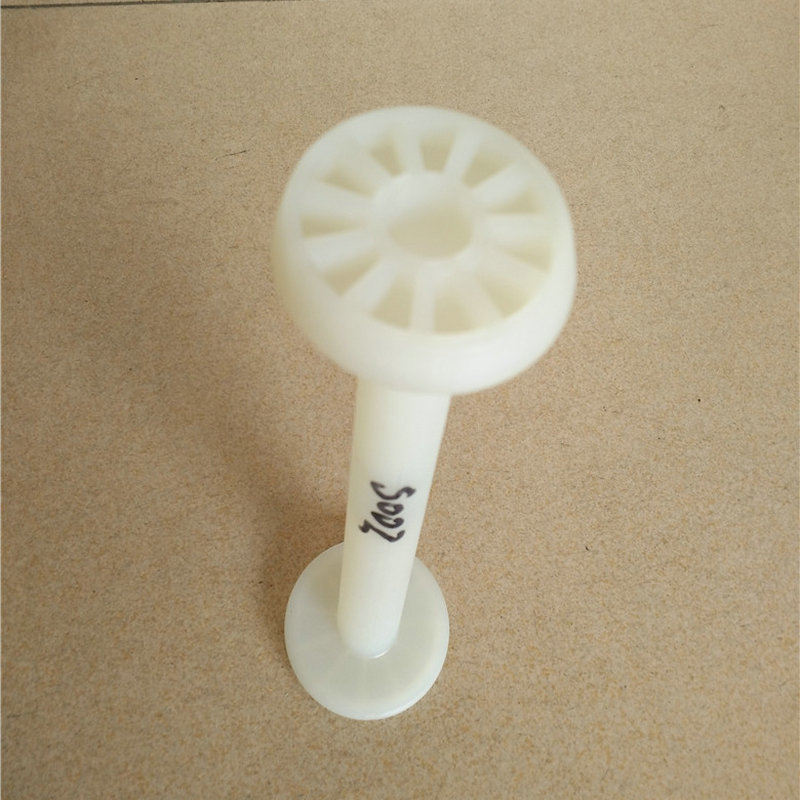
In conclusion, while implementing Parallel Table Roll in manufacturing can bring a host of advantages, it is not without its challenges. Companies must address financial constraints, maintenance requirements, integration difficulties, workforce resistance, quality control issues, and sustainability concerns to reap the full benefits of PTR technology. By addressing these challenges strategically, businesses can position themselves for success in a rapidly evolving manufacturing landscape.

Privacy statement: Your privacy is very important to Us. Our company promises not to disclose your personal information to any external company with out your explicit permission.

Fill in more information so that we can get in touch with you faster
Privacy statement: Your privacy is very important to Us. Our company promises not to disclose your personal information to any external company with out your explicit permission.